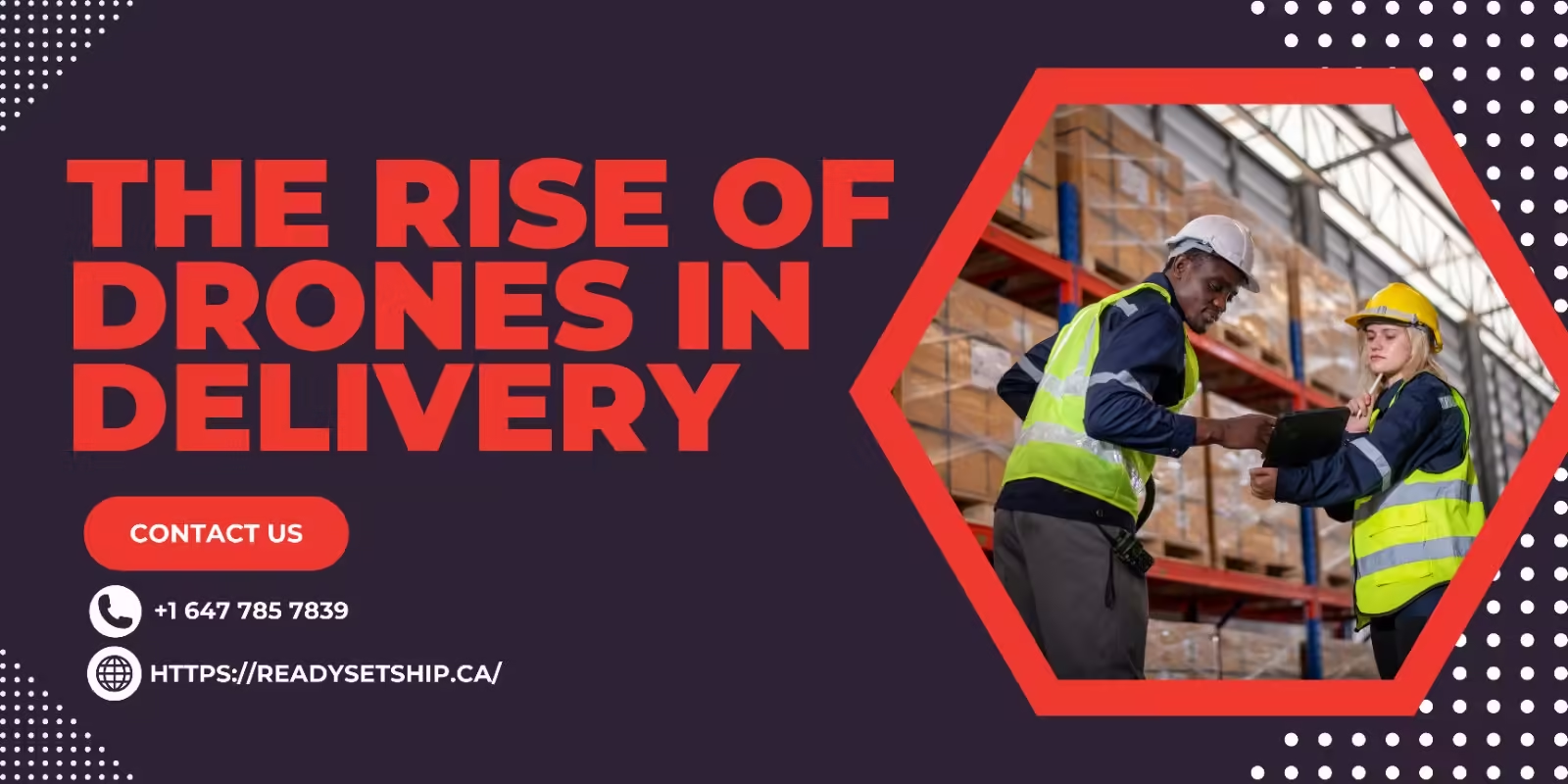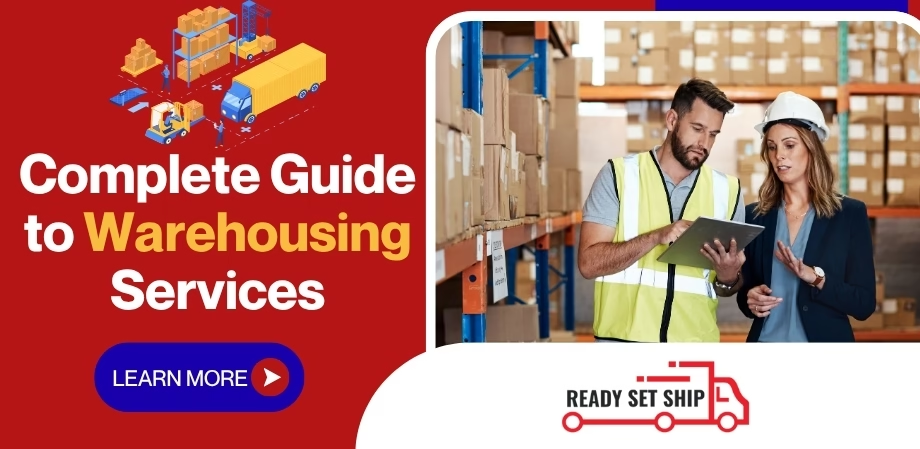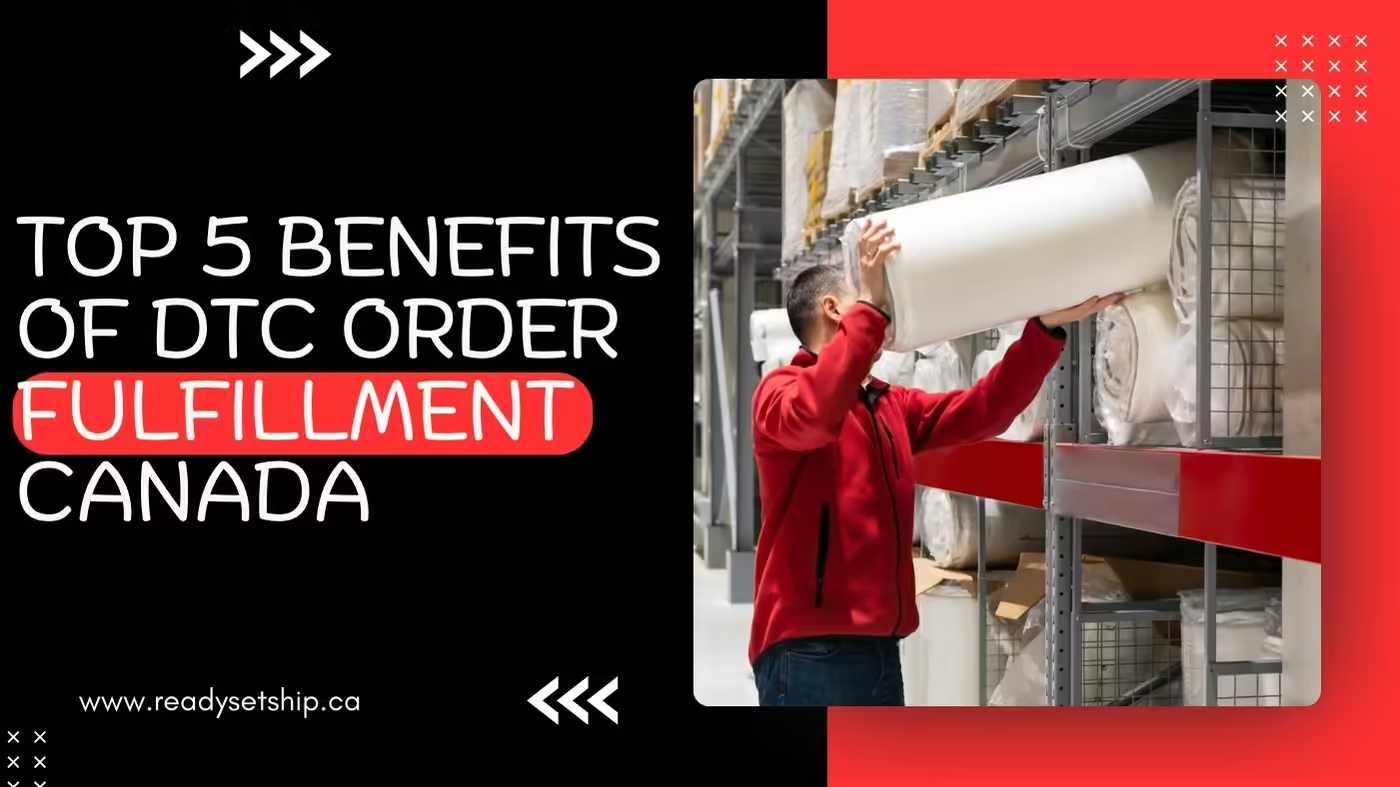What does this mean for eCommerce
With fast-changing technology advances, drones are revolutionizing logistics and delivery. The future of eCommerce fulfillment shall promise more effectiveness in decreasing costs and increasing customer satisfaction. This is what we find out in this blog about how drones play a significant role in this modern delivery system, their implications for eCommerce, and what businesses need to be aware of as they adjust to this new wave of technology.
The Evolution of Drones in Delivery
These were popularly known as uncrewed aerial vehicles or UAVs. They had long been in existence for several decades. Drones had originally been used for military applications. However, their applications have mushroomed greatly today. Companies also began to utilize drones for various purposes, such as aerial photography and delivery services.
The potential of drones for delivery started to take off around 2013 when companies like Amazon began exploring the idea of “Prime Air,” intended, at least hypothetically, to deliver packages to customers within 30 minutes. Since then, many players have entered the space to test and deploy drone delivery services through different markets.
How Drones Enhance Logistics of eCommerce
1. Speed and Efficiency
The most significant benefit of the delivery of drones is the acceleration of shipment. A drone can bypass the traditional traffic pathway and head directly to its destination, thus reducing delivery times exponentially.
Last-Mile Delivery: This last mile on an intra-city journey down the delivery chain is the most challenging and costly logistical process. Finally, drones are just what has been needed to solve this challenge, allowing quicker deliveries that meet growing consumer demand.
2. Cost Cut-Back
It carries tremendous potential for slashing delivery costs if it is integrated with logistics. Traditional delivery methods significantly use vehicles, fuel, and labor, which all amount to overheads. Drones can save on these in the following ways:
Lower Labor Costs: After deployment, drones only demand minimal human resources interaction, thus enabling firms to use resources more effectively.
Fuel Efficiency: Drones are electric; most often, fuel costs and a carbon footprint will be reduced compared to regular delivery vehicles.
3. Access to Remote Locations
Drones can reach the places that traditional ways of delivery find difficult and costly. They offer practical ways in rural or hard-to-reach areas wherein infrastructure may be lacking. This capability opens new markets to the eCommerce business. Now, they can reach a broader customer base.
4. Lower Environmental Impacts
Drones form another environment-friendly method of delivery amid growing concern for sustainability. Most of the traditional modes of distribution have been fossil fuel-based and, consequently, polluted and carbon footprint. Electric drones offer a concrete platform whereby a significant reduction of environmental impacts in logistics may be attained. This may be developed to promote a positive brand image while attracting customers who are mindful of the environment.
Problems and Concerns
The advantages offered by drones in deliveries are a significant issue, though problems occur which businesses have to face:
1. Legal Obstacles
The commercial usage of drones is very strictly regulated. For example, the Federal Aviation Administration has set down specific drone flying rules in the United States and other countries. These include altitude, airspace restrictions, and pilot certification.
Compliance: Companies must navigate through such regulations to establish their drone delivery programs to keep afloat with compliance. This can be done through the proper permits and training for pilots.
2. Technical Limitation
Technical issues currently limit the ability of drones to make a universal impact on delivery services:
Payload Capacity: Most drones’ payloads can accept cargo with a high weight capacity. This limitation will make them imperfect for more extensive, bulkier orders or packages. Battery Life: Battery life often limits drones’ range, impacting their effectiveness for longer-distance deliveries. Continuous advancements in battery technology are essential for improving drone capabilities.
3. Public Acceptance and Safety Issues
Deployment of drone delivery systems would depend on public acceptance, as various issues about privacy, noise pollution, and safety could raise several problems:
Safety: Businesses must be aware of the possibility of drone failure or collision and ensure the safe operations of drones in populated spaces.
Public Perception: Drones must make customers feel comfortable accepting their delivery service. Companies should let the public know what benefits these drones provide and what wrong perceptions they have.
The Future of Drones in eCommerce
Looking ahead, the future of drones in eCommerce appears bright. Technological developments and regulatory framework changes will undoubtedly push the use of drones into logistics. Some of the most likely developments are
1. Integrating and Automating with AI
Drone technology integrated with artificial intelligence/automatization may be efficient in the delivery system. It will analyze traffic to identify the shortest routes, manage the drone fleets, and produce decisions. Automated systems will coordinate the scheduling of drones effectively and ensure delivery is done accordingly.
2. Municipal UAV Delivery Networks This is where cities are becoming more crowded because there will be a steep demand for effective delivery solutions. This opens the possibility of developing dedicated urban drone delivery networks using rooftops or approved landing zones to quicken delivery in high-density areas.
3. Diversification Across Business Lines Drue technology can revolutionize logistics in almost every sector of medicine, food delivery, and retail outside eCommerce. For instance, medical supplies can be dropped off at remote clinics, or food can be delivered at the consumer’s doorstep, encouraging service delivery across industries.
Conclusion:
Delivery drones will fundamentally change the eCommerce landscape because they will likely bring massive speed, cost, and efficiency benefits. As this logistics technology expands, business companies embracing it will be well-equipped to meet the growing demand to get things done faster and with more reliability. However, implementing drones poses challenges, such as compliance with regulatory measures, technical capabilities, and public acceptance. By cutting through the above challenges and using the potential available in drones, eCommerce businesses will be able to improve their fulfillment strategy and have better success in the market. If they are to tailor their delivery process toward optimization and being ahead of everyone, then the logistical companies need to explore innovative solutions like drones. To discover more about improving your logistics operations, visit the resources, such as Ready Set Ship, and find insights and solutions catering to your needs. Innovation uptake would improve efficiency and create a more dynamic and responsive eCommerce environment.





